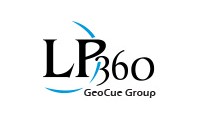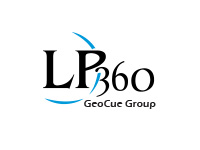volumetrics
LP360 Short Tutorial – Volumes Part 2: Toe Extractor PCT
LP360 Short Tutorial – Volumes Part 1: Clean Stockpiles on a Flat Surface
A Comparison of Volumetric Workflows – LP360, PhotoScan and Pix4D
In the last quarter of 2016, we introduced (under our AirGon brand) the Bring Your Own Drone (BYOD) Mapping Kit. This kit contains all the software one needs to turn a low-cost drone such as a Phantom 4 Pro or an Inspire 2 with x4s camera into a serious mapping platform. Our presales technical team…
Tips for Defining Stockpile Toes
We have added quite a few tools to LP360 (Standalone)/Topolyst aimed at small unmanned aerial systems (sUAS) data processing (and small area LIDAR, of course). Here are a few tips for defining stockpile toes for volumetric computations. Automatic Toe Extraction with Overhead: You will note that the automatic toe extraction Point Cloud Task (LP360 Advanced…
Monitoring Borrow Pit Volumes
Introduction: A borrow pit is an area where soil and/or rock is removed, added or both for use at some other location (for example, in obtaining fill dirt for highway construction projects). The arrangements for borrow pits usually requires auditing the amount of material change in the pit (volumetric change). A point cloud derived from…
Testing the LP360 Volumetric Analysis Tool
In previous articles of GeoCue News we covered how the Volumetric Analysis Tool within LP360 works, and how it can be used within a project, LP360 Under the Hood: Volumetric Analysis and Volumetrics – Do it Right!, respectively. We’re often asked how accurate or reliable the volumetric results can be expected to be. In this…

